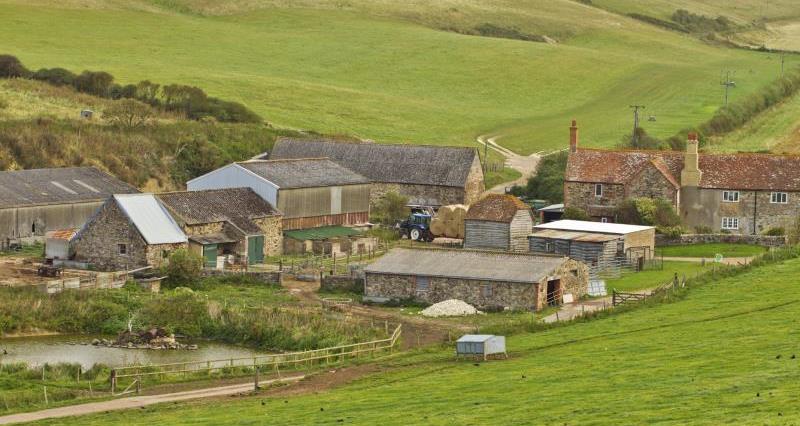In 2020, the previous government consulted with the following key proposals:
- To raise the minimum standard to EPC C using the cost-based EER (Energy Efficiency Rating).
- To adopt a phased implementation approach such that the standard applies to new tenancies from 2025 and all tenancies by 2028.
- To raise the maximum investment required from landlords from £3,500 to £10,000 per property.
- To introduce a ‘fabric first’ approach to installing energy efficiency and low carbon measures.
This new government consultation focuses on:
- The government’s preferred approach to require landlords to prioritise meeting a standard set against the fabric performance metric, which is likely to require similar improvement measures as meeting an EPC C on current EPCs, and then to meet a standard set against either the heating system metric or the smart readiness metric.
- Landlords to be required to invest up to a maximum of £15,000 per property on improvements to meet the standard (the ‘cost cap’), after which they could register a 10-year exemption to continue to let the property if it does not reach the standard.
- The higher standard to apply to new tenancies from 2028 and that all tenancies would be required to be compliant by 2030.
- The introduction of an affordability exemption that lowers the cost cap to £10,000 for some properties and how this could be implemented.
- Whether to increase the scope of the PRS regulations to include short-term lets to ensure a consistent standard between privately rented homes and short-term lets (currently properties used less than four months in the year are exempt from needing an EPC).
NFU position
These new requirements will apply to agricultural worker cottages and those where tenants are protected under the Rent Agriculture Act 1976.
While the NFU agrees that farm worker cottages should be fit for habitation, the NFU is concerned about the upfront affordability for members if the cost cap is raised from £3,500 every five years to £15,000 every ten years.
�ʼһ���is also aware that there are many older properties in rural areas which form part of the character of these areas.
Older properties in general are likely to require more work done to them to bring them up to the new proposed standard.
In addition, rural properties are less likely to be on the national gas network and so are more reliant on other forms of heating which score poorly in EPC assessments.
